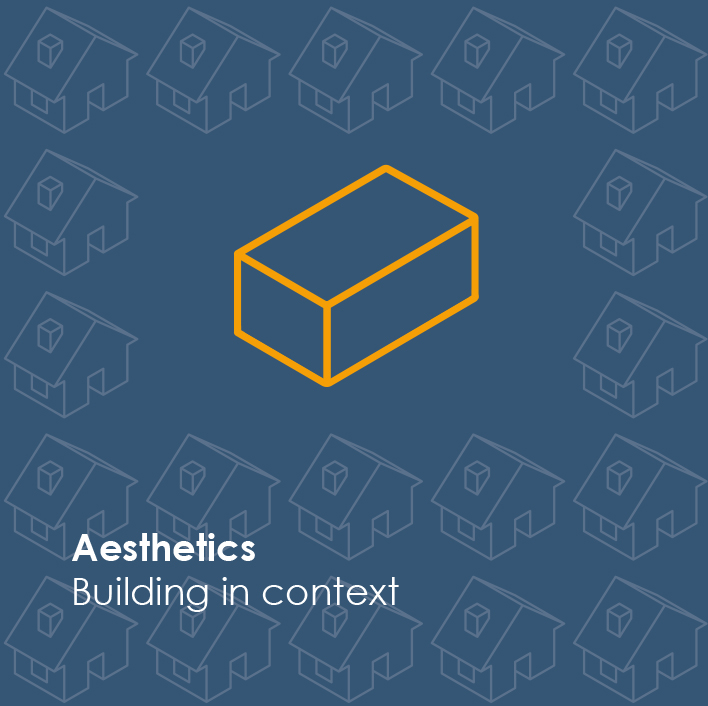
What is euphemistically known as ‘the cloud’ is in reality remote storage and processing of data in physical locations. These locations are data centres, and they form an intrinsic of part of the modern world and how it works.
The design of data centres, like most storage buildings throughout history, is driven primarily by the technical requirements of what takes place inside them rather than by a consideration of their external expression or context. There can be a visual appeal to the honest expression of a building’s function but in the case of data centres that tends towards the boxy.
Data centres are often deliberately anonymous. The move from localised to remote data storage was promoted on the idea of the removal of the physical in favour of the notional cloud. On a practical level, there is also a security advantage in not drawing attention to their location.
There are exceptions, some data centre designs embrace the scale and pure geometry the functional requirements allow, achieving genuinely sculptural results; for example, the Portugal Telecom data centre in Covilha, but these remain the exception.
Whilst anonymity is an acceptable approach in many locations the requirement for low-latency, the availability power or other advantageous adjacencies will increasingly place data centres in more sensitive environments.

Where data centres exist in urban areas the issues are particularly acute. The scale and lack of transparency is more suited to industrial environments than a typical urban context. There are also issues with noise and the necessary security measures at site perimeters. Good design principles can be employed to mitigate these issues:
- Making the most of the outward facing aspects of the project, the offices and landscaping.
- Provide publicly accessible functions such as co-working spaces and tech-hubs at the interface with the public realm.
- Designing the exterior of the buildings to reflect the principles that govern the design of the equipment within them: well-considered, adaptable, carefully constructed components using quality materials and made to last.

As the need for data storage and the awareness of the environmental impact grows anonymity may no longer work as a default position. Data centres will have to perform better environmentally and learn to be good neighbours.
